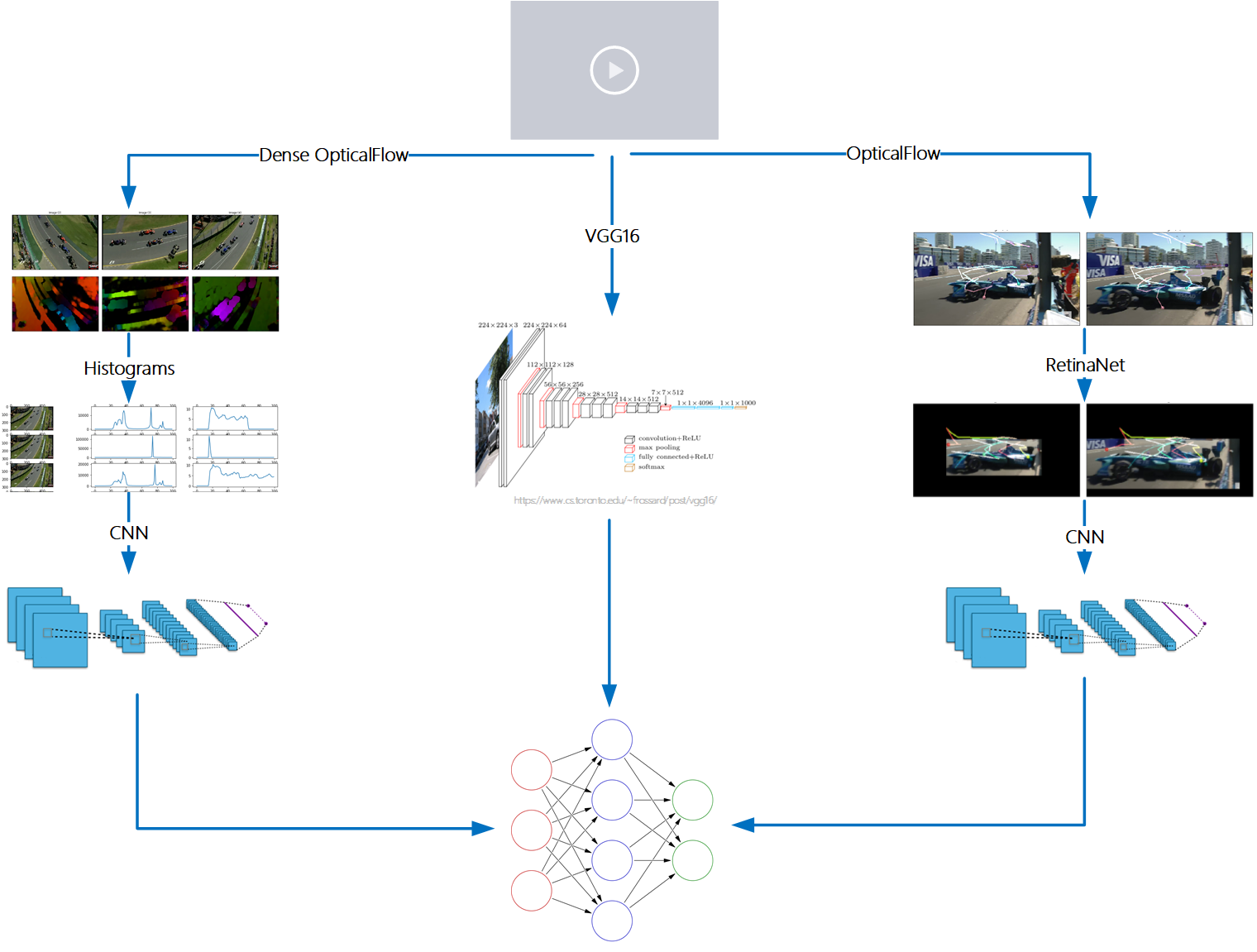Review of Action Recognition and Detection Methods
In computer vision, action recognition refers to the act of classifying an action that is present in a given video and action detection involves locating actions of interest in space and/or time. Videos, which contain photometric information (e.g. RGB, intensity values) in a lattice structure, contain information that can assist in identifying the action that has been imaged. The process of action recognition and detection often begins with extracting useful features and encoding them to ensure that the features are specific to serve the task of action recognition and detection. Encoded features are then processed through a classifier to identify the action class and their spatial and/or temporal locations. In this report, a thorough review of various action recognition and detection algorithms in computer vision is provided by analyzing the two-step process of a typical action recognition and detection algorithm: (i) extraction and encoding of features, and (ii) classifying features into action classes. In efforts to ensure that computer vision-based algorithms reach the capabilities that humans have of identifying actions irrespective of various nuisance variables that may be present within the field of view, the state-of-the-art methods are reviewed and some remaining problems are addressed in the final chapter.
PDF Abstract


